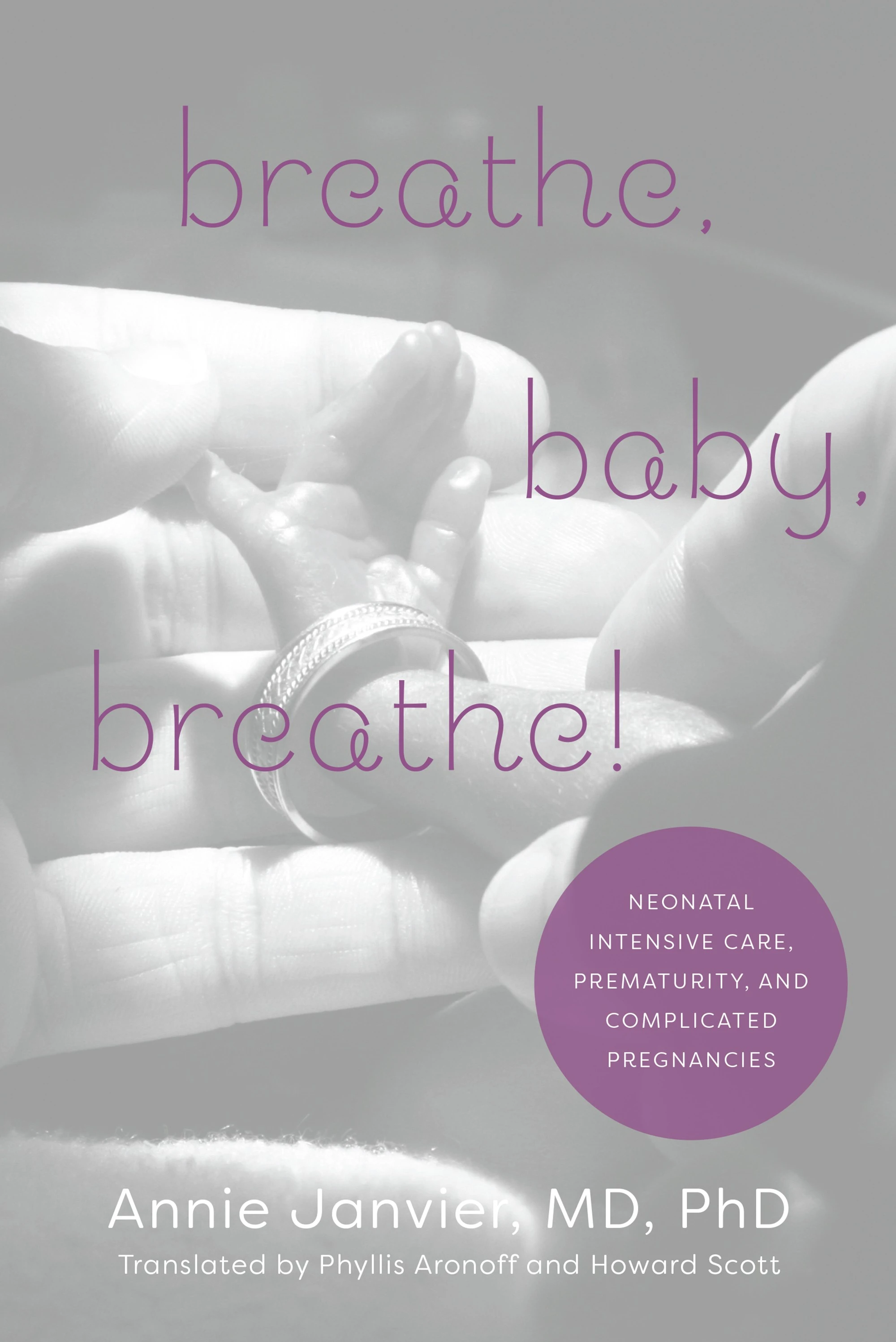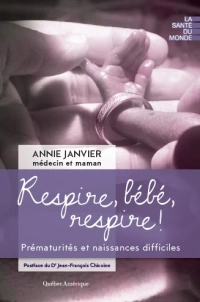- Early Treatment for Retinopathy of Prematurity Cooperative Group. Revised indications for the treatment of retinopathy of prematurity: Results of the early treatment for retinopathy of prematurity randomized trial. Arch Ophthalmol 2003; 121: 1684-94.
There were over 300 babies with symmetrical disease who had one eye randomized and treated according to standard criteria, the other randomized to early intervention (mostly with laser), another 84 babies had asymmetric disease and had the worst eye only randomized. Early treatment was at a point where risk was increased, at least according to an algorithm they had constructed from other data. (This quote from an accompanying editorial).
The prethreshold ROP criteria were set as follows: zone I, any ROP less than threshold; zone II, stage 2 with plus disease and stage 3 without plus disease; and stage 3 with plus disease but less than threshold….
High-risk eyes were randomized to prethreshold early treatment or conventional management (treatment at
threshold) and low-risk eyes were followed up conservatively…
Overall, ETROP reports that early treatment significantly improved both functional and structural outcomes.
The original publication reports that they were able to construct a simper clinical algorithm, useful at the bedside to determine treatment.
The clinical algorithm shows that in most circumstances, peripheral retinal ablation should be considered for any eye with type 1 ROP:
• Zone I, any stage ROP with plus disease
• Zone I, stage 3 ROP with or without plus disease
• Zone II, stage 2 or 3 ROP with plus disease
Plus disease, in this instance, requires at least 2 quadrants (usually 6 or more clock hours) of dilation and tortuosity of the posterior retinal blood vessels and hence the presence of significant disease. The algorithm does not take into account all of the other known risk factors (eg, extent of stage 3 or birth weight), and therefore clinical judgment is required in applying this initial step to the management of ROP. The clinical algorithm also indicates that continued serial examinations as opposed to peripheral retinal ablation should be considered for any eye with type 2 ROP:
• Zone I, stage 1 or 2 ROP without plus disease
• Zone II, stage 3 ROP without plus disease
Treatment should be considered for an eye with type 2
ROP when progression to type 1 status or threshold ROP
occurs.
But maybe we don’t need laser:
- Mintz-Hittner, H. A., Kennedy, K. A., & Chuang, A. Z. (2011). Efficacy of Intravitreal Bevacizumab for Stage 3+ Retinopathy of Prematurity. New England Journal of Medicine, 364, 603-615 http://www.nejm.org/doi/full/10.1056/NEJMoa1007374
150 preterm infants with stage 3 retinopathy and plus disease in either zone 1 or zone 2 posterior were randomized to either intravitreal bevacizumab (Avastin) or retinal surgery with laser. Infants who got the Avastin were more likely to regress and stay regressed. No long term functional data were included in this publiation.g.
- Geloneck MM, Chuang AZ, Clark WL, et al. Refractive outcomes following bevacizumab monotherapy compared with conventional laser treatment: A randomized clinical trial. JAMA Ophthalmol 2014; 132: 1327-33
83% of the BEAT-ROP patients were followed and had refraction performed at about 2.5 years. Very severe myopia was much more common in the babies who had laser compared to the Avastin group, 50% compared to 4%.
_____________________________________________________________
For completeness, if we step back in time, the first big trial of this problem was the CRYO-ROP trial, which included nearly 300 babies, first results published in 1988.
- Cryotherapy for Retinopathy of Prematurity Cooperative Group. Multicenter trial of cryotherapy for retinopathy of prematurity. Three-month outcome. Arch Ophthalmol. 1990;108(2):195-204.
The trial showed a reduction in serious adverse visual outcomes with cryotherapy compared to control.
- The STOP-ROP Multicenter Study Group. Supplemental Therapeutic Oxygen for Prethreshold Retinopathy of Prematurity (STOP-ROP), A Randomized, Controlled Trial. I: Primary Outcomes. Pediatrics. 2000;105(2):295-310.
The idea behind this trial was that, once you had developed early retinopathy, you might be better off keeping the oxygen administration at a higher level, in order to inhibit further production of growth factors, and progression of the disease. 649 babies with early retinopathy who were at high risk of progression were randomized to maintain saturations in 2 ranges, 89 to 94% or 96 to 99%. It didn’t work. No difference in progression of retinopathy, and pulmonary outcomes were a little worse with higher saturations.








